For us in the Pacific Northwest, the weather is starting to get good. Warmer nights lead to better stargazing opportunities, as I won’t have to worry about freezing to death just to look at constellations, planets, and the moon. It also helps that the rainy season will soon be behind us.
Given the current state of society, I’ve found myself at home a bit more, looking up at night to enjoy the celestial happenings. Sometimes I’ll pull out my Star Walk app to spot some good things with my naked eye, but what really takes my evenings to the next level is a telescope. I’ve had the opportunity to test out a StarSense Explorer telescope for the past few weeks, courtesy of Celestron, and as an amateur stargazer, I can confirm that it’s a great pairing of navigating the cosmos and observing all sorts of wondrous objects.
Allow me to share my experience.
What is StarSense?
In simple terms, the StarSense Explorer lineup of telescopes are regular telescopes (there are both reflector and refractor models available), paired with a special phone mount and an app that allows you to track the night sky extremely easily. Celestron bills them as ideal for beginners, since the setup process is very simple and there isn’t a lot of advanced steps to go through in order to begin viewing objects in the sky. I go over the setup process in the next section.
Think of StarSense as a guided tour of the night sky. With the paired phone app, you can choose a star to view, then using the app’s UI, you can guide the telescope manually to the star’s location. This paired with the the scope’s included red dot finderscope makes point-and-view gazing a breeze.
Once you have navigated to an object you wish to view, Celestron has included lovely listenable narration for select objects, allowing you to dive deeper into the story of bodies in the sky. I’m telling you, this paired with a few beers or wine makes for a very fun night in the backyard.
App UI: Sky Chart, Index, Object Info
How do you use StarSense?
I was provided with the LT 114AZ model of the StarSense Explorer lineup. Setting it up was mostly painless, but given my limited experience with astronomy hardware, I had to read the instructions a few times. The hardware itself is great, though. Think of the system as two pieces: the actual telescope, which you can use perfectly fine without the StarSense smarts, then the added smartphone mount and app combo for locating objects.
Once you have the telescope set up and your eyepiece and red dot finderscope are aligned, you’ll then place your phone in the included mount and align the phone’s back camera(s) with the telescope itself. This is where the magic is happening. The app then uses your camera and a mirror to see into the sky, recognizes where it is, and then lets you navigate to whatever you want. I’d say the setup process takes a solid 20-ish minutes, depending on how comfortable you are setting these type of products up.
Once you are aligned with everything, going back to it and readying yourself for an evening outside is very fast. All you’ll need to do is place the telescope down, put your phone in the mount, open the app, ensure everything is still aligned, and then you’re off. If that sounds easy, good, it’s supposed to. Celestron designed the entire system to be very friendly to the novice/amateur stargazer, such as myself.
Phones tested to be compatible with the StarSense system can be viewed here. During my time I used the Pixel 4 XL and OnePlus 8, both worked just fine.
Is StarSense worth it?
These scopes range in price. For those looking to not spend a lot of money, you can get the one I have for just $180. It appears to be sold out, but from my experience, it’s more than worth that price. Even just watching the moon in all of its gloriously bumpy glory is a ton of fun. When you add in quickly locating super clusters and listening about their compositions and history, it really is quite the outdoor treat, perfect for families who are stuck at home.
I have a photo I took through the lens of the full moon recently. It looked a lot better through the lens itself, but I wanted to provide you with an idea of what to expect. Due to the moon’s reflective nature and our own site’s compression, some detail of the moon’s surface is lost.
“Hey, it’s a full moon!”
If you’re fine spending a bit more, the most expensive model is still completely reasonable at about $399. In general, telescopes range a lot in price, but at least with Celestron, you know you’re buying into a name that has a long history in this field with solid customer support. 10/10 would recommend one of these scopes and the StarSense experience really makes astronomy a more accessible hobby.
Follow the link below to get your own. For a quick little intro and overview video, see below.
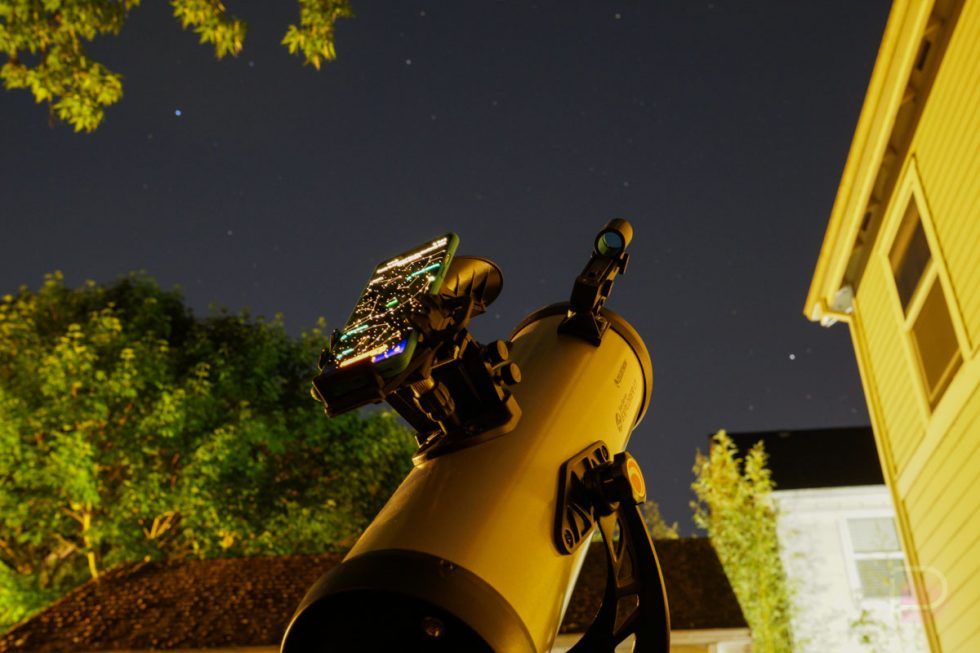
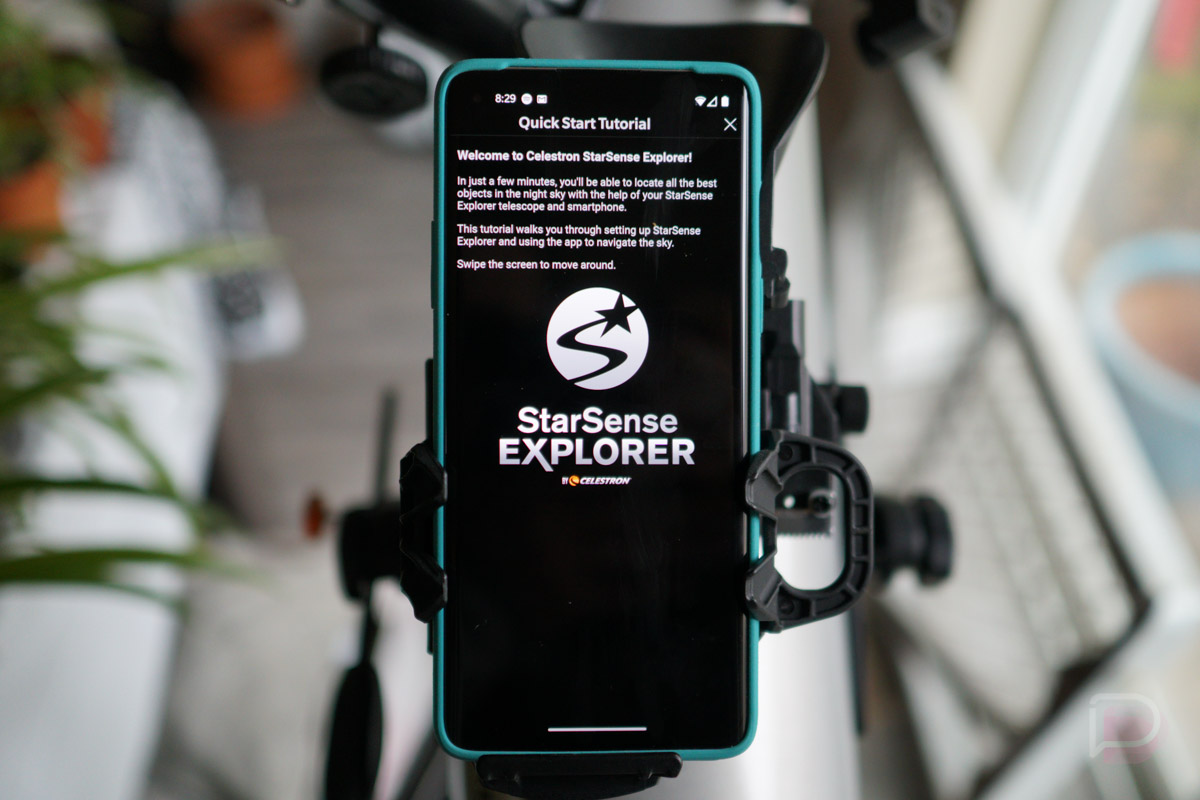
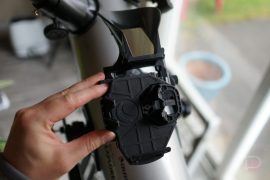
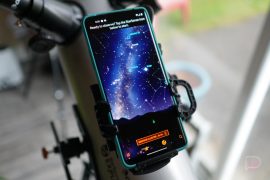
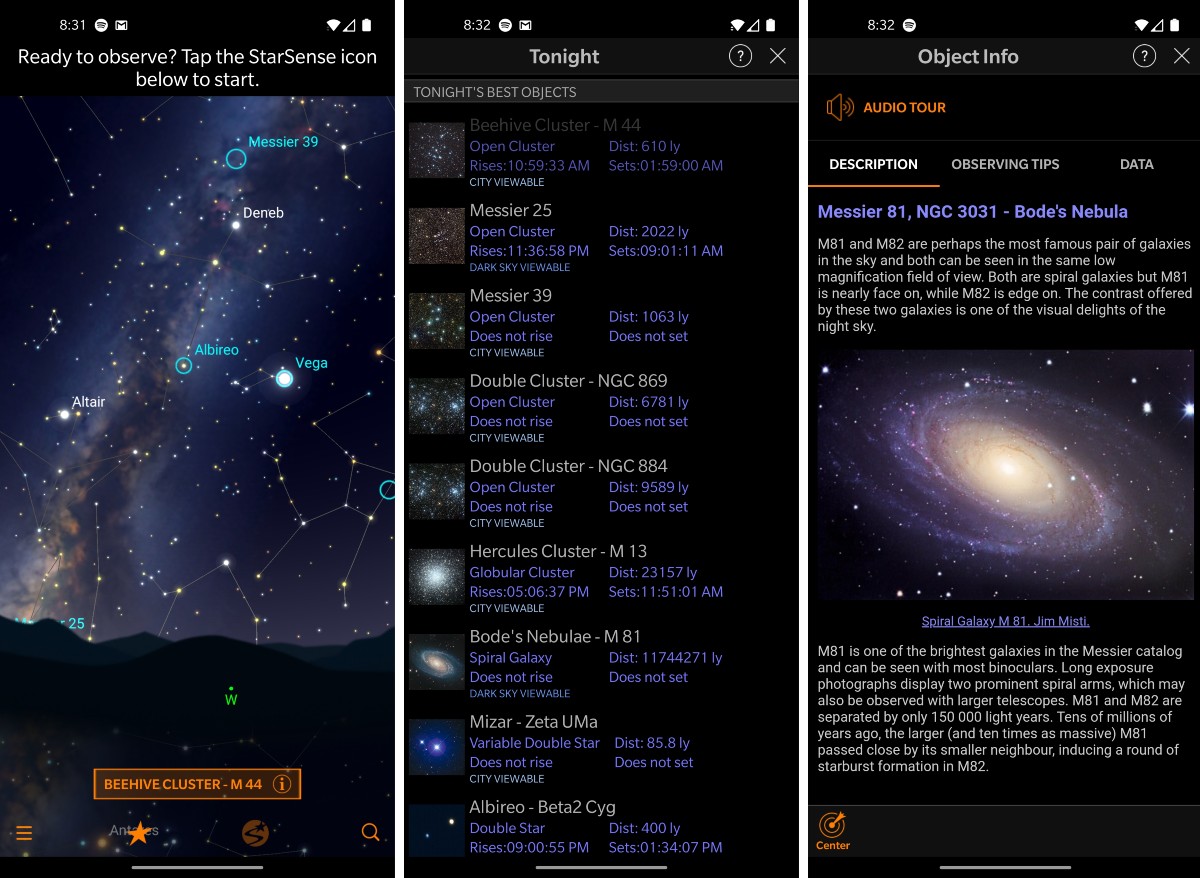
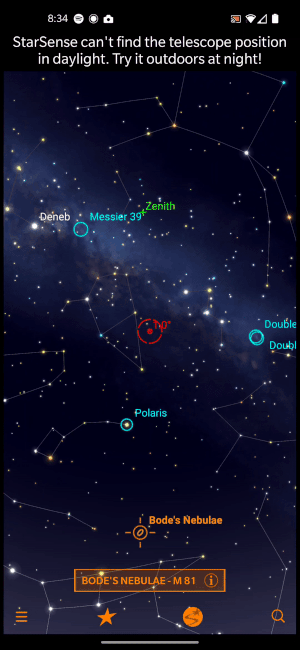
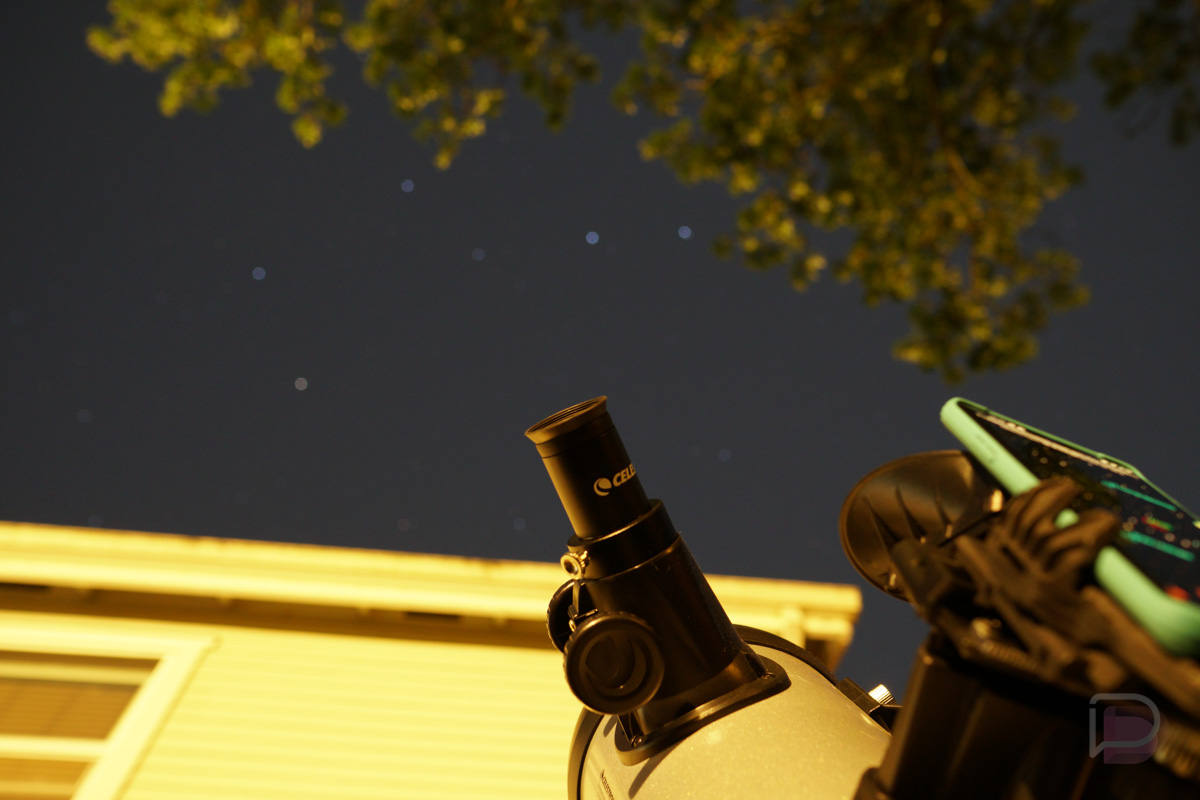
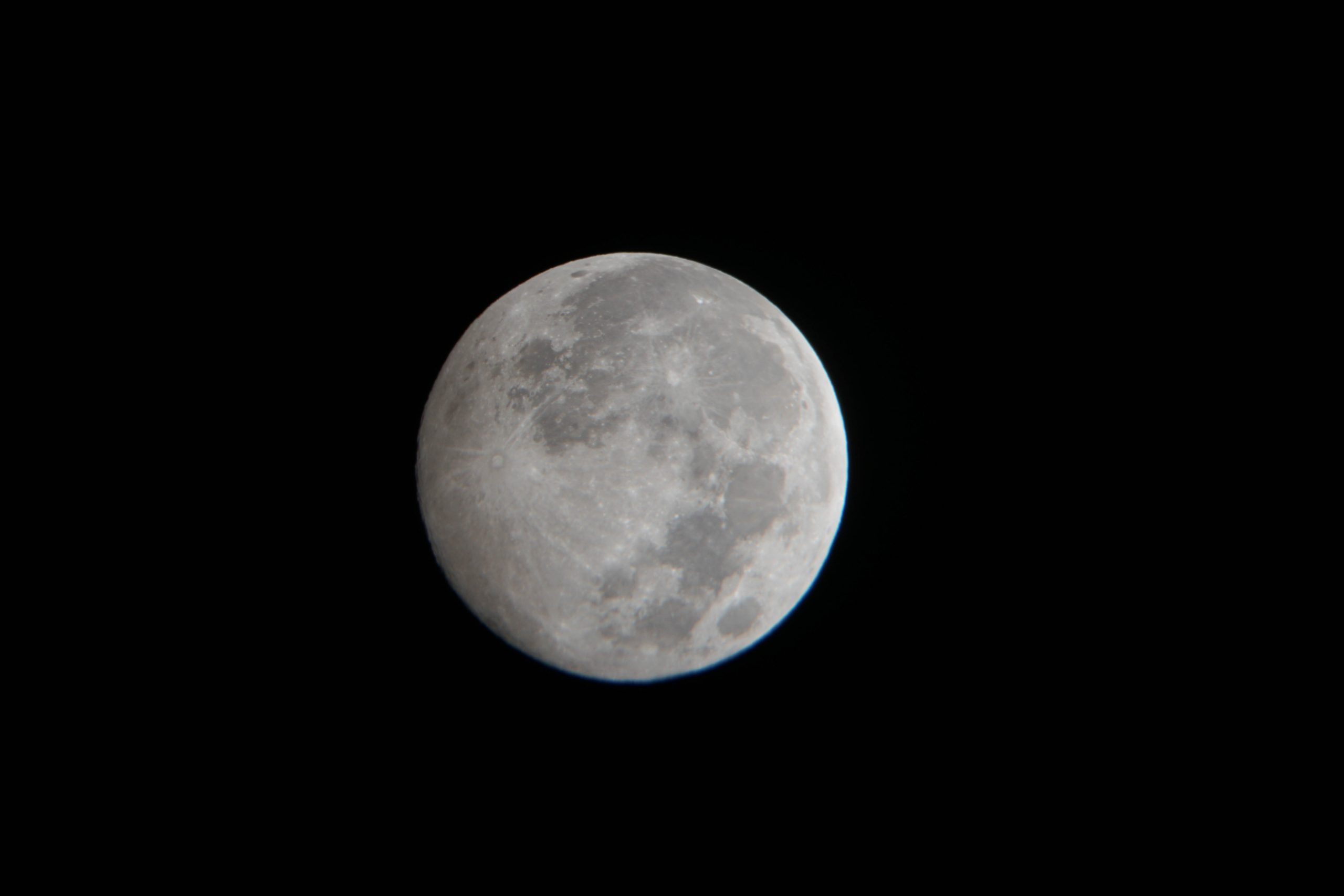
Collapse Show Comments